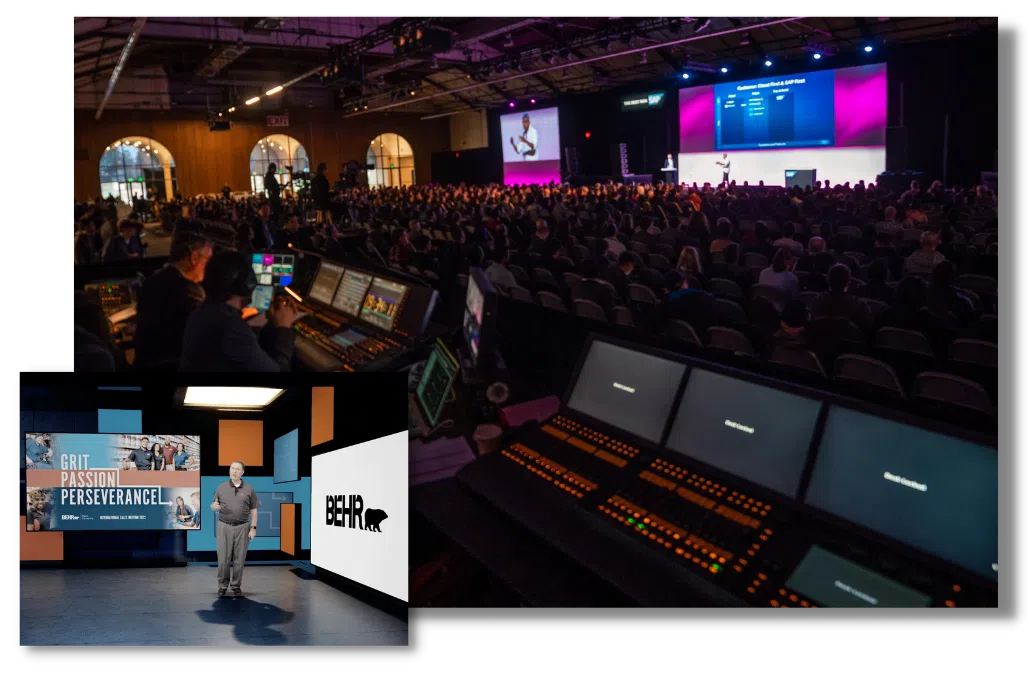Selecting the Optimal Pixel Spacing for Optimal LED Display Performance
Selecting the Optimal Pixel Spacing for Optimal LED Display Performance
Blog Article

As it comes to LED walls, one of the important factors to consider is dot pitch. Pixel pitch refers to the space between the cores of two adjacent pixels on an LED display. This metric is usually expressed in millimeters. Grasping pixel pitch is crucial because it explicitly influences the resolution and sharpness of the visuals displayed. A reduced pixel pitch means that the pixels are closer together, resulting to a greater resolution, while a bigger pixel pitch results in a lower resolution. Thus, selecting the right pixel pitch is essential for obtaining peak LED wall functionality.
The selection of pixel pitch frequently depends on the viewing distance. For instance, if the light-emitting diode wall is intended to be viewed from a distance, a bigger pixel pitch may be appropriate. This is due to the fact that the human eye cannot easily discern individual pixels when they are more distant away. On the contrary hand, if the wall will be observed up close, a smaller pixel pitch is necessary. In situations such as indoor events, where viewers are typically nearer to the screen, a reduced pixel pitch will offer a sharper and clearer image. Therefore, understanding how sight distance affects pixel pitch is critical to making an educated choice.
Another crucial factor is the intended use of the LED wall. Different applications, such as promotion, concerts, or conference presentations, may necessitate varied pixel pitches. For example, an LED wall used for advertising in a shopping center may gain from a pixel pitch that facilitates lively colors and high detail so that it captures the attention of bystander shoppers. Conversely, an external LED wall used at a concert may prioritize brightness and visibility over resolution, permitting for a larger pixel pitch. Therefore, the particular context in which an LED wall will be used is vital for establishing the appropriate pixel pitch.
Cost is also a significant consideration when choosing pixel pitch. Generally, LED displays with smaller pixel pitches tend to be more costly due to the increased density of pixels and the advanced technology required for production. Although it may be tempting to opt for a high-resolution display with a small pixel pitch, financial constraints frequently necessitate a balance between quality and cost. Businesses should assess their needs and determine how much they are willing to spend in an light-emitting diode wall, ensuring that the pixel pitch aligns with their financial capabilities while still satisfying functional expectations.
Finally, it is crucial to take into account the maintenance and longevity of the LED wall when selecting pixel pitch. Displays with smaller pixel pitches can sometimes be more delicate and may need more careful handling and news maintenance. Regular upkeep is necessary to ensure that the display functions optimally over time. Knowing the maintenance requirements and potential challenges associated with varied pixel pitches can assist organizations make a more informed choice. By taking into account all these factors, including viewing distance, planned use, budget, and maintenance, one can choose the ideal pixel pitch for peak LED wall performance.